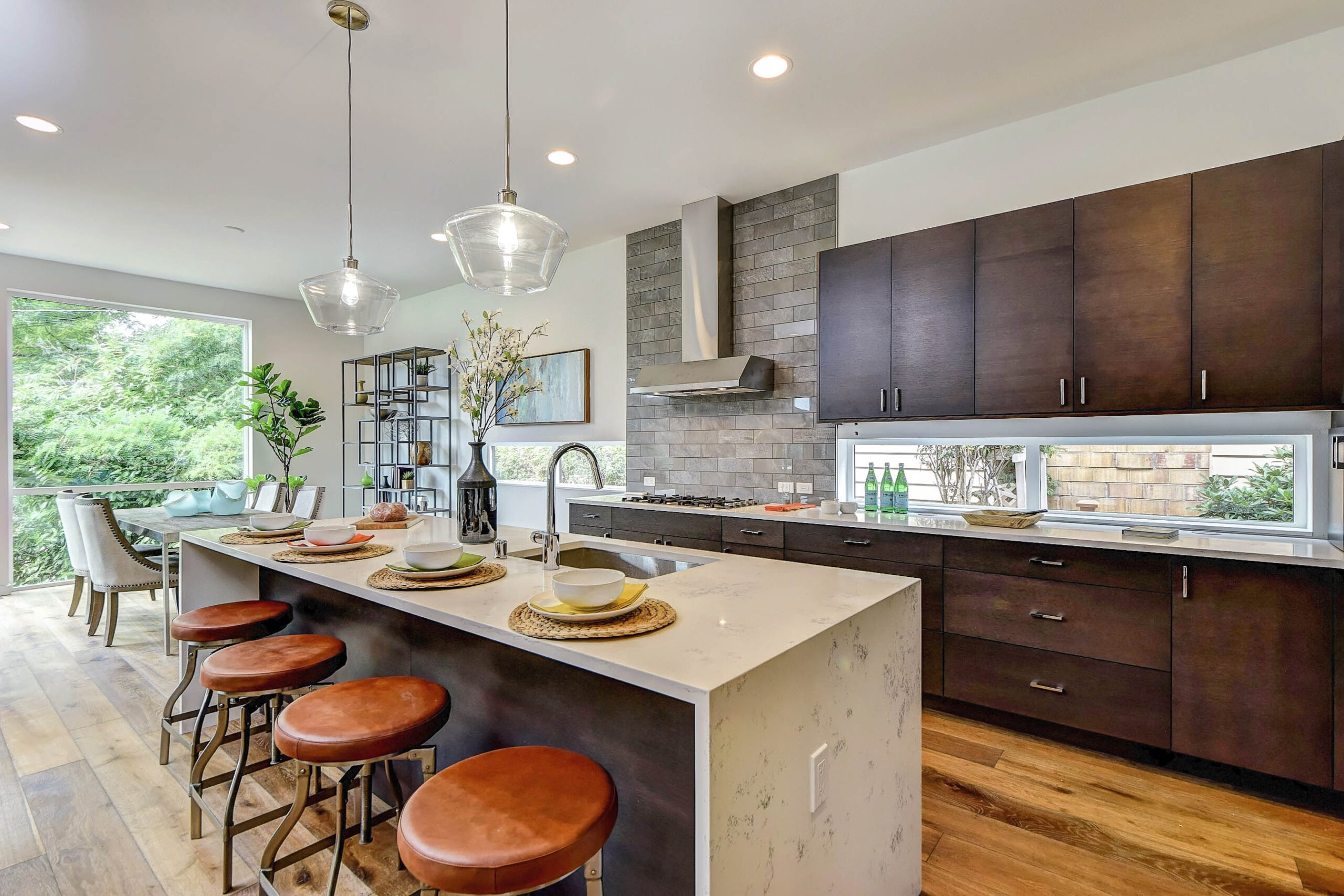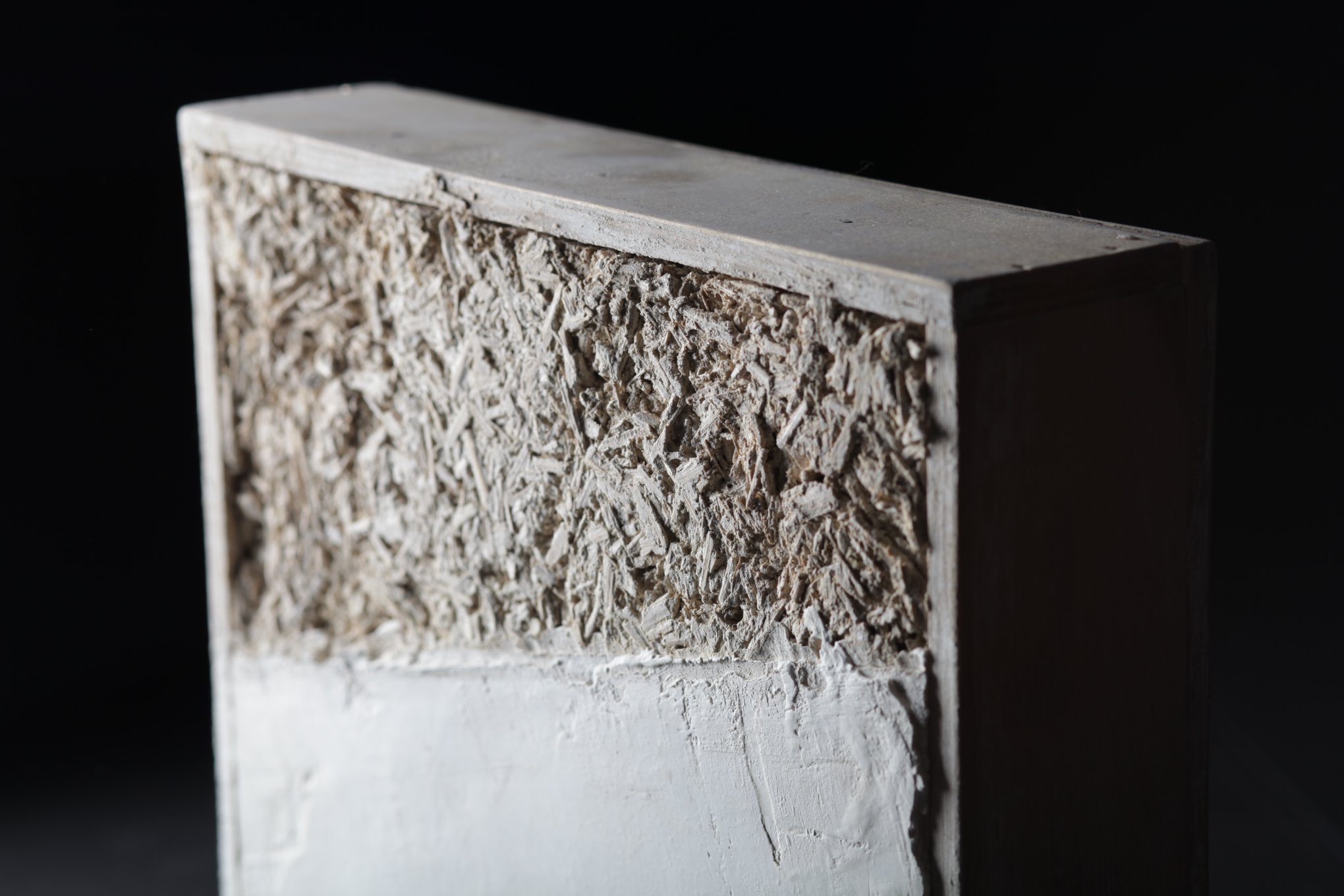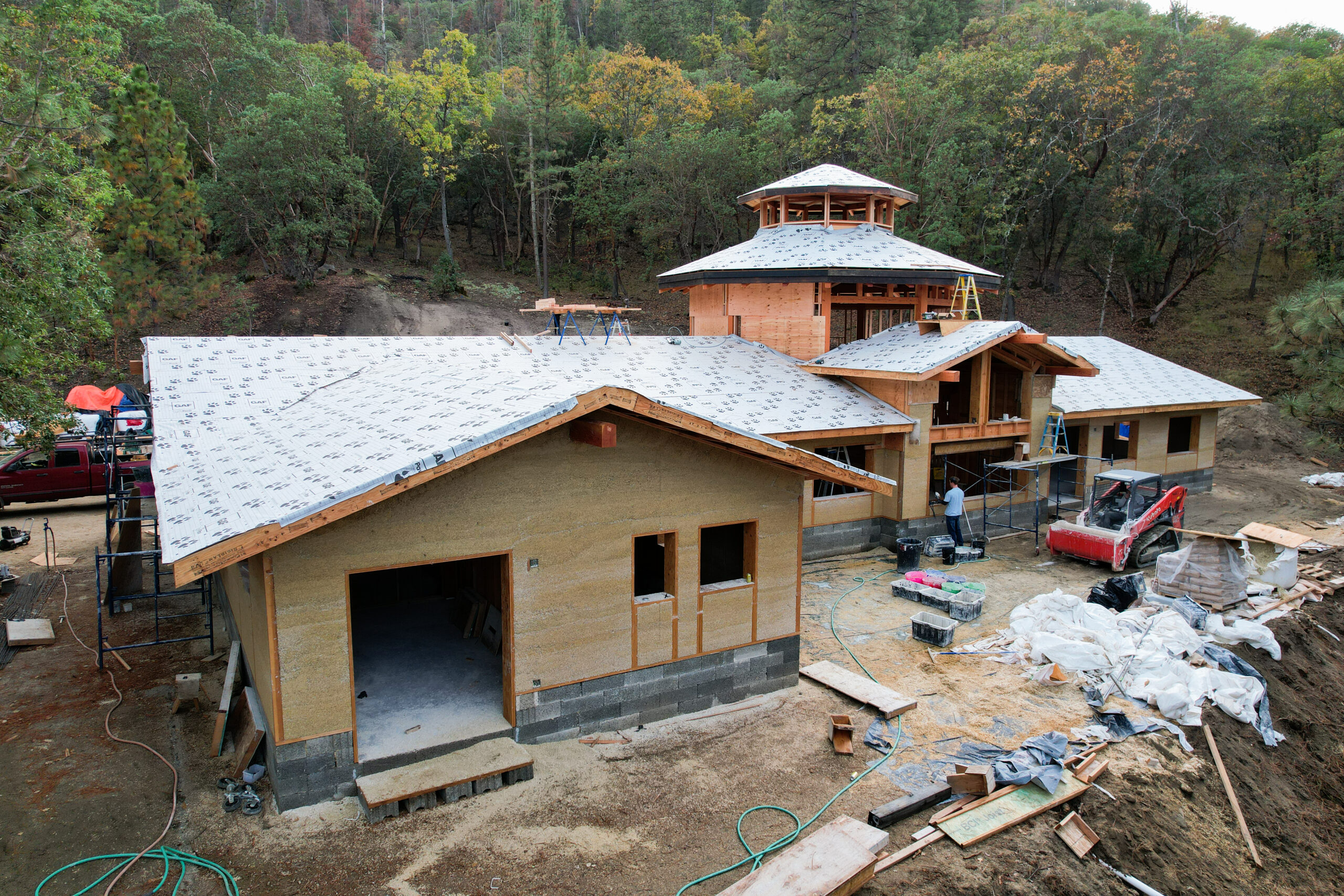by Bob Margulis, Ravenworks Joinery
Congratulations, you have decided that your green remodel will include a new kitchen! This article is designed to help you understand what that means and make you a more informed consumer. Before we look at the details of kitchens, your new kitchen will sit in a ‘shell’ and have energy issues that are larger than your kitchen (i.e. insulation, windows, water and space heating, framing, roofing, foundation). The easiest and best way to learn about these things is to go to bestofbuildingscience.com and watch some videos: this site is a goldmine of energy-smart best practices.
So what is a green kitchen? At the macro level, think of green as minimizing your impact on the earth’s ecosystems–but let’s start by looking at your own ecosystem. American’s spend around 90% of their lives indoors. Did you know that the air outside is significantly healthier than the air that you breathe in your home? While there are many residential building code regulations designed to protect our safety and health, there are very few that relate to indoor air quality—so you’ll just have to become responsible for that yourself, and thankfully, that’s not hard (in part, it’s as easy as not wearing shoes in your home).
Let’s start with cabinetry. Most cabinets are about 80% plywood, medium-density formaldehyde, or particleboard. These materials contain lots of wood waste and are recycled by the nature of their content; however, they are held together with urea-formaldehyde, a known carcinogen with other negative health impacts. Alternatively, you can build your kitchen using non-formaldehyde, non-toxic substrates (which could take the form of plywood, particleboard, MDF or bamboo-ply). Two other contributors to poor indoor air quality are high volatile organic compound (VOC) finishes and paints, and mold and/or mildew. These can be addressed by using low-VOC finishes and paints, as well as installing and using a good fan to remove moisture that cooking adds to the air and venting it to the outside.
In addition to making sure that your shell is energy efficient, you can supplement these with Energy Star certified appliances. These will save you hundreds of dollars on your annual energy bills. Are there just two of you at home: why not get a drawer sized dishwasher that less water and energy? There are also opportunities to save watts in your lighting selections (i.e. compact fluorescent bulbs, reflecting light off the ceiling, efficient 12v task lighting). If you’re interested in using passive solar heating, you can use a heavy countertop (i.e. Squak Mountain Stone) that will serve as a heat sink, absorbing heat during the day and releasing it in the evening.
There are various opportunities to use reclaimed and/or sustainably harvested wood in the kitchen: in flooring, countertops, cabinet drawers and doors, and furniture. While we’re on the topic of flooring, there are also other materials, such as marmoleum, that are green and will wear well for decades.
People always wonder whether a particular material is green. It’s never an easy question to answer. Is it made from a material that has less impact than what is typically used? Will you be using less than is standard (i.e. a ¾” thick stone countertop)? Is its use and manufacture healthy? How much energy does it take to manufacture? Is it shipped from far away? Does its manufacture create nasty and long-lasting by-products that are hard to dispose of? Can it be recycled when you’re done or will it go to the landfill? Will it last a very long time?
I hope that this helps to get you started. To learn a lot more, another great resource to help you through the growing number of green material and design choices is Your Green Home by Alex Wilson.
Bob Margulis owns Ravenworks Joinery, which creates eco-friendly cabinetry, furniture, kitchen, and bath remodels.



